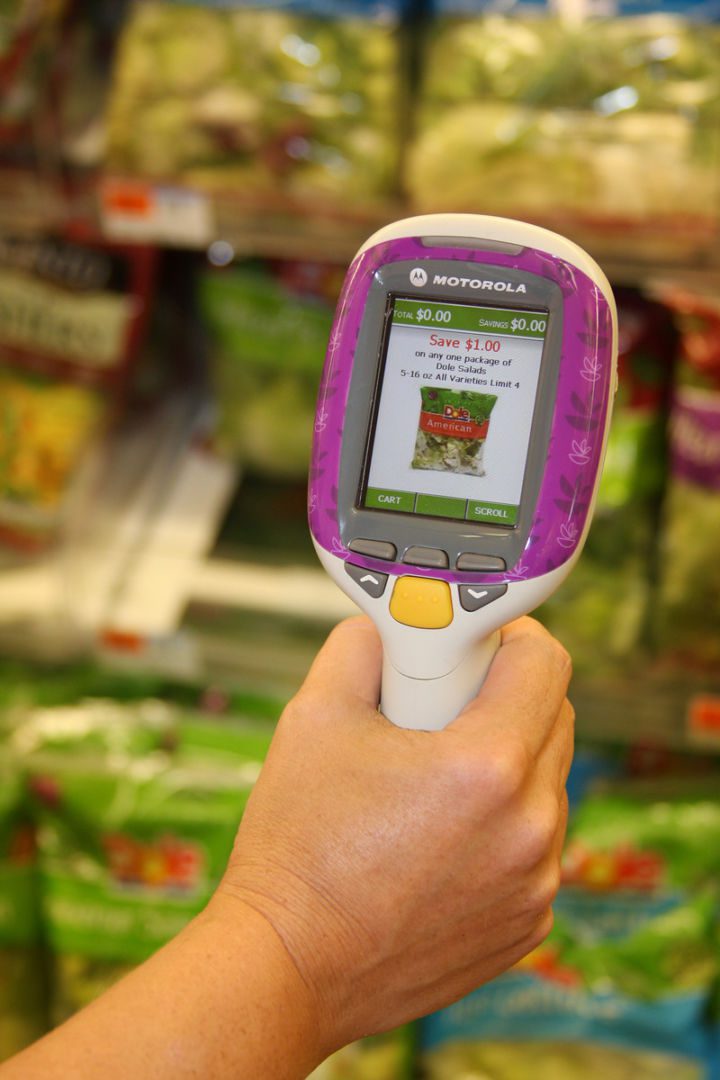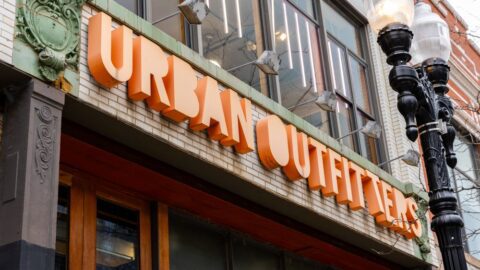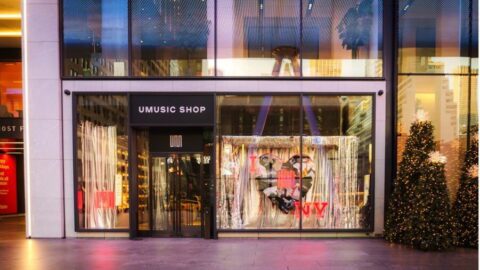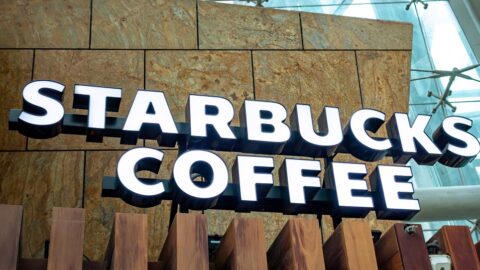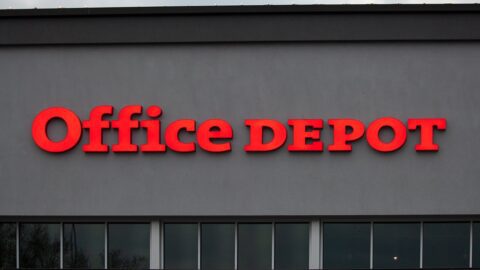Personal shopping devices for consumers are reaching their “tipping point.” With at least one high-profile retailer signaling success with an initial test, experts say 2009 could be the beginning of the handheld device era for grocery, warehouse clubs and pharmacies.
That retailer is Stop & Shop. As a strong regional supermarket chain with a lot at stake in its current rebranding effort, Stop & Shop could have focused on any number of changes to call attention to itself. It shows some confidence that in addition to its new logo, color palette and employee uniforms, Stop & Shop’s publicity effort is highlighting its personal shopping devices.
Called Easy Shop, the device allows consumers to scan, track and bag their purchases as they shop. The software application is provided by Modiv Media; hardware is from Motorola. All parties in the Stop & Shop initiative are playing business models close to the vest. However, Modiv Media’s new CEO Paul Schaut says “we are absolutely saying that we can influence key metrics. We’ve proved that for the last eight months.” Among those metrics Schaut is willing to prove to potential clients: Larger basket size for grocery retailers, higher purchase levels for time-pressed shoppers, more total trips to the store, and higher coupon redemption rates.
The universe of consumer-facing handhelds at retail is still small. According to Retail System Research analyst Paula Rosenblum, it is in the “early adopter phase.” However, employee facing handheld devices and consumer facing devices are ranked numbers two and there by retailers as opportunities fro improving the in-store customer experience. The Stop & Shop rollout is one of the only high profile consumer handheld retail applications. The question is how to drive its success to more chains, and increase the awareness of its capabilities to more consumers.
“The challenge is right now to get these devices into stores,” says Schaut. “I’m very confident that they will be of huge value to retailers, consumer packaged goods companies and consumers. They’re very logical and they provide new touchpoints within the store.”
If they do achieve widespread adoption, retailers should be prepared for handheld devices to affect two key areas. The first is in-store marketing: After signing into the system, targeted marketing programs can be easily sent to consumers based on their past purchase behavior and even their position in the store. That screen can produce coupons for suppliers as well as retailers. It also creates a situation in which in-store marketing becomes competitive. The “at shelf” decision to buy a certain toothpaste, for example, can be disrupted by a wireless message from a competitor.
“When they buy on the Internet consumers are used on having a lot of data at their fingertips,” says IHL: retail analyst Lee Holman. “The handhelds bring that data into the store. You can compare promotions. You can compare competing offers.”
The second is loyalty programs. Motorola industry solutions principal Scott Moreland believes cross-channel retailing will be greatly impacted by handheld devices. He believes loyalty programs, in particular, will be enhanced. Consumers can join the programs more easily, enter recent purchases, see their loyalty point accrual in real time and redeem them immediately.
The business model for the retailer-handheld supplier relationship is starting to get some attention, and attract some controversy. Off the record, suppliers say that many retailers want to have a skin in the handheld game. The “skin” model would mean that suppliers charge retailers very little per unit, and then share a percentage of purchase revenue with the supplier. The straight model would sell the handheld units for full-price, and have no claim on revenues gained by having the handhelds in store. Suppliers would rather see the straight model.
The wild card in the evolution of personal shopping devices is the involvement of CPG companies. Technologies have advanced to the point where a cola brand could alert a valued customer when they come into the store that a sale is on. It could send coupons via the wireless device. It could also send an ad for another brand, and then capture the customer data from registered information. Retailers will want a share of that revenue if it’s called advertising. Hardware suppliers and software solution providers will want to be involved in selling those deals.
To that end Modiv Media recently added Microsoft’s Atlas AdManager to its Modiv Shopper 1.0 and Modiv MediaHub platforms. The Modiv platforms were designed to enable campaign management and media delivery based on scan-and-bag activity. Atlas AdManager expands those targeting opportunities to include media delivery based on real-time activity in-store. For example, a shopper buying hot dogs can now be delivered a message to “remember to buy the ketchup,” accompanied by a branded discount. That kind of targeting will be hard to resist for CPG companies, according to Schaut.
“For the future I think this will be an evolution rather than a revolution,” says Schaut. “Retailers need to know that they can make more money through more sales, increase the amount of data they generate for each customer and potentially provide some very valuable impressions for advertisers.”



